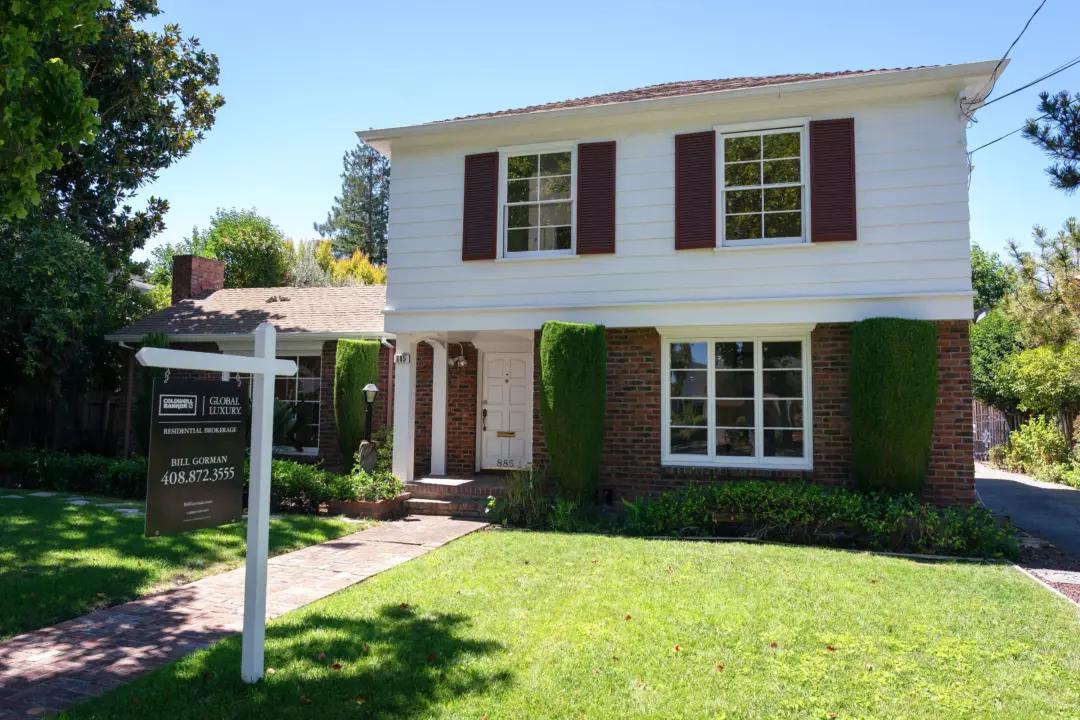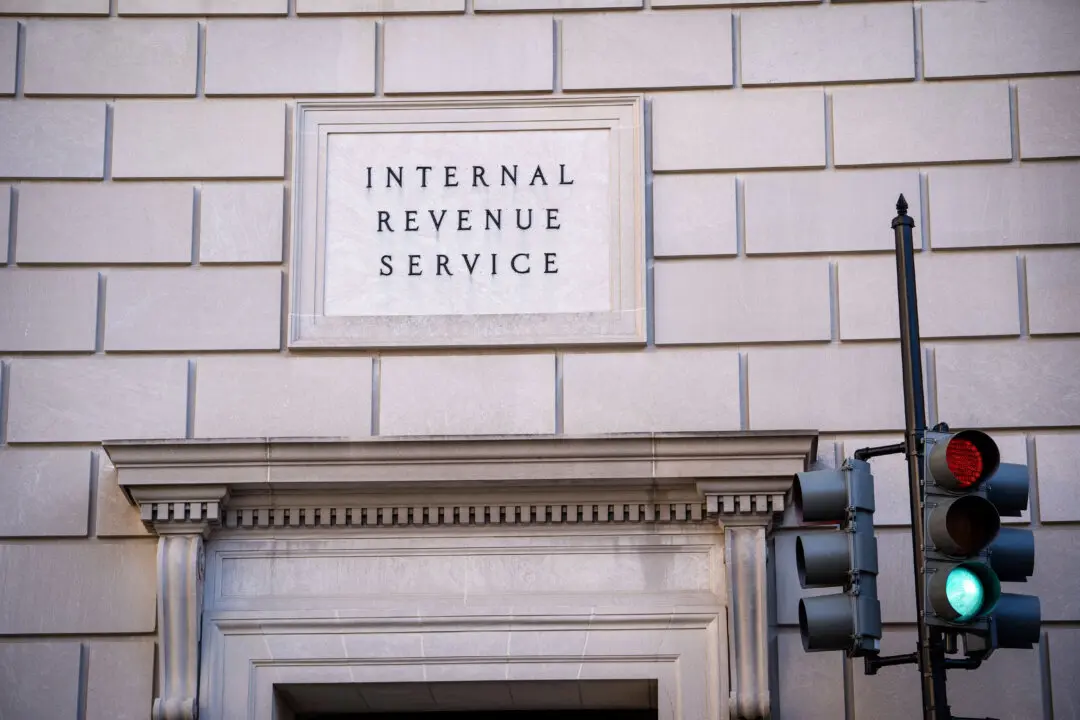The number of permits issued for building homes went down on a monthly and yearly basis in December 2024 as builders grappled with uncertainty in the housing market while mortgage rates remained high.
Data on permits are an important economic measure, signifying future construction activity. While permits for single-unit properties rose monthly, they declined for properties of five or more units. Permits rose in the Northeast and the South, falling in the Midwest and West.
For 2024 overall, the total number of permits issued stood at 1.47 million, down by 2.6 percent from 2023.
Joel Berner, a senior economist at real estate listings website Realtor.com, said the lower permits suggest “some uncertainty holding strong among builders, who have worked hard in 2024 to finish projects and get new homes online, but are holding back from pushing new projects into the murky landscape of construction in 2025,” according to a Jan. 17 post.
There are concerns about the Trump administration’s policies, he said. The president “has promised tariffs on imported goods that include construction materials and mass deportations that will impact builders’ labor forces.”
Rates are currently at 7.04 percent. Since the low that came in late September 2024, the mortgage rate has climbed by almost a full percentage point. Elevated rates have a dampening affect on the housing market, disincentivizing builders from seeking permits and building homes.
Builder Confidence, High Mortgage Effect
A Jan. 16 survey by the National Association of Home Builders (NAHB) found that builder sentiment edged up this month despite concerns about market risk. The group attributed this to expected improvements in economic growth and the regulatory environment.On the flip side, builders were found to be worried about potential tariffs on building materials and widening government deficits, as these factors add momentum to inflation and higher mortgage rates.
“Builders are facing continued challenges for housing demand in the near-term, with mortgage rates up from near 6.1 percent in late September to above 6.9 percent today,” NAHB Chairman Carl Harris said.
“Land is expensive and financing for private builders remains costly. However, there is hope that policymakers are taking the impact of regulatory hurdles seriously and will make improvements in 2025.”
The survey shows that 30 percent of builders cut home prices this month while more than 60 percent continued to use incentives to attract sales.
According to Fannie Mae, home price growth accelerated in the fourth quarter, rising by 5.8 percent, faster than the 5.4 percent rate in the third quarter.
This was a reversal from the previous two quarters when price growth had decelerated, according to Mark Palim, chief economist at Fannie Mae. The current high mortgage rate environment is not only negatively affecting affordability but also worsening the “lock-in” effect, he said.
The lock-in effect occurs when high mortgage rates disincentivize homeowners from selling their properties, which ends up creating a shortage of homes for sale. This operates to keep prices elevated.
As for 2025, the housing market faces “a difficult balancing act, with a notable decline in mortgage rates likely needed to help unwind the lock-in effect and thaw the supply of existing homes for sale,” according to Palim.
“However, we believe such a decline would likely jumpstart demand from potential first-time homebuyers currently waiting to purchase, which could lead demand to outpace any improvement in supply, further exacerbating already-high home prices and purchase affordability,” he said.







